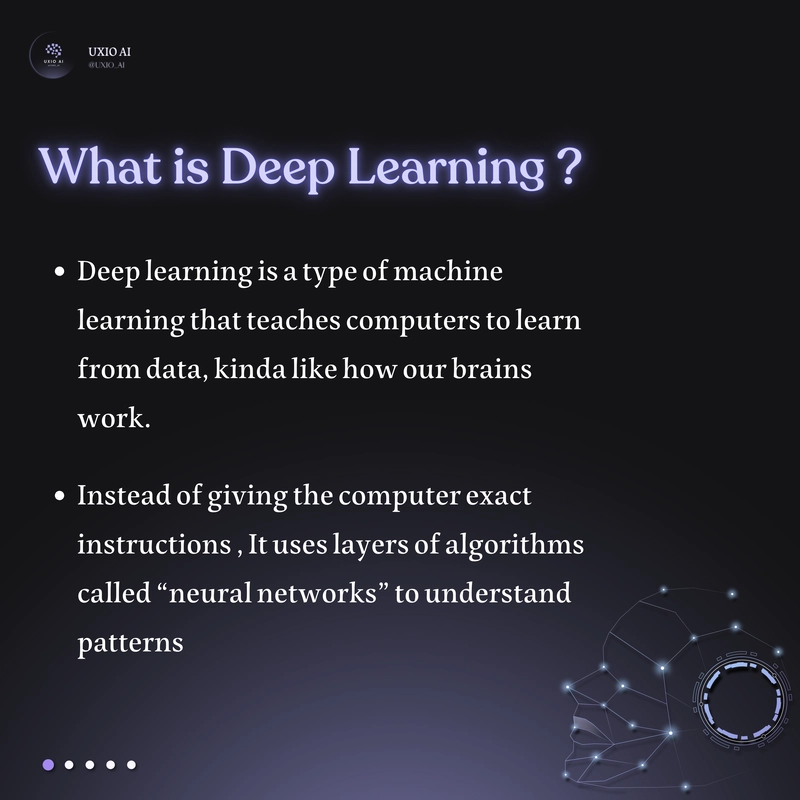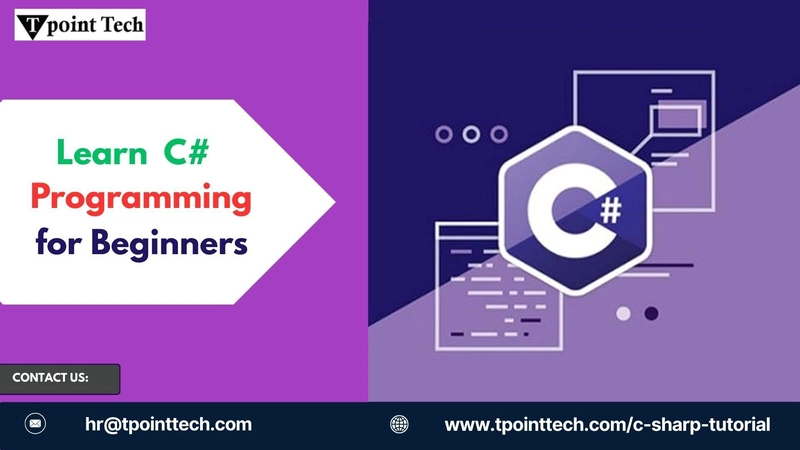The modern supermarket isn’t just a place where people buy groceries anymore—it’s a data goldmine. From predicting sales to optimizing product placement and detecting fraud, machine learning (ML) is revolutionizing the retail game. In this post, let’s walk through 7 powerful ML techniques, split into supervised and unsupervised learning, using relatable supermarket scenarios.
Supervised Learning (Labeled data - You know what you’re looking for)
Regression - Predicting Future Sales
Imagine the store manager wants to know how much revenue to expect next week. By feeding the ML model with past sales data, seasonal trends, and promotions, we can predict continuous values like total sales. Linear or multiple regression gets the job done.
Example: "Given historical sales data, holidays, and advertising spend, predict next week's revenue."
Classification - Predicting Buyer Behavior
Will a customer buy a product or not? That’s a classic yes/no question for classification models. By analyzing customer age, browsing time, and purchase history, models like logistic regression or decision trees can classify customer intent.
Example: "Will this customer likely buy organic products based on past behavior?"
Random Forest - Predicting Customer Churn
Some customers never return—but can we predict that before it happens? Random forest models use many decision trees to determine if a customer is likely to churn based on their frequency, satisfaction score, and past complaints.
Example: "Is this customer at risk of never coming back?"
Unsupervised Learning (Unlabeled data - Let the patterns emerge)
Clustering - Customer Segmentation
Supermarkets serve all kinds of people. K-Means clustering helps group customers into segments: high-spenders, bargain hunters, loyal customers, etc. This helps tailor marketing strategies and offers.
Example: "Segment customers into 4 groups based on spending habits and visit frequency."
Association Rule Learning - Product Bundling
Remember that "Customers who bought bread also bought butter" insight? That’s the magic of association rules using Apriori or FP-Growth algorithms. These patterns help design bundle offers and optimize shelf layout.
Example: "If a customer buys cereal and milk, suggest bananas."
PCA (Principal Component Analysis) - Dimensionality Reduction
With hundreds of products and customer variables, the data can get messy. PCA simplifies it by reducing the number of features while keeping the core patterns. Great for visualization and performance improvement.
Example: "Reduce 100+ shopping behavior metrics into a few principal components."
Anomaly Detection - Warehouse & Inventory Monitoring
Anomalies are red flags. Is a product missing from inventory? Is there a suspiciously large purchase? Anomaly detection can help detect warehouse fraud, pricing errors, or even operational mishaps.
Example: "Detect when a rarely sold product suddenly spikes in sales without a promotion."
Algorithms: Isolation Forest, One-Class SVM, Autoencoders
Wrapping It Up
Machine learning is turning supermarkets into intelligent ecosystems that respond faster, plan smarter, and serve customers better. Whether it's understanding what customers want, optimizing inventory, or preventing losses, ML is the ultimate retail assistant.


